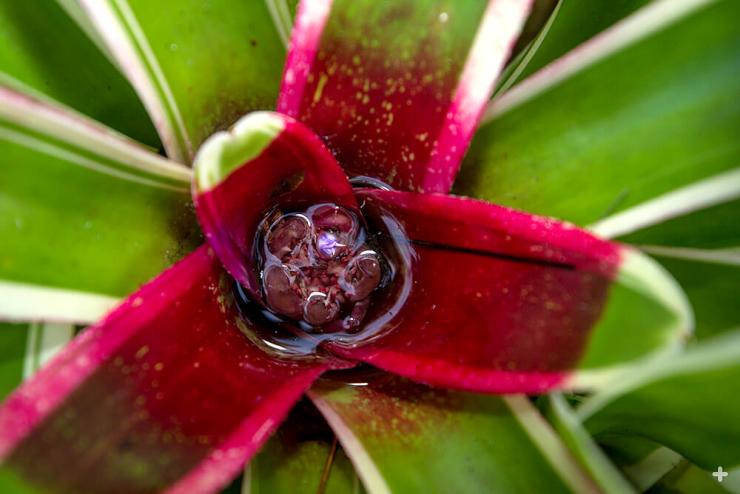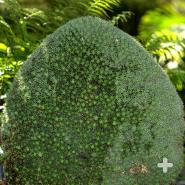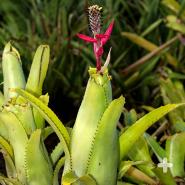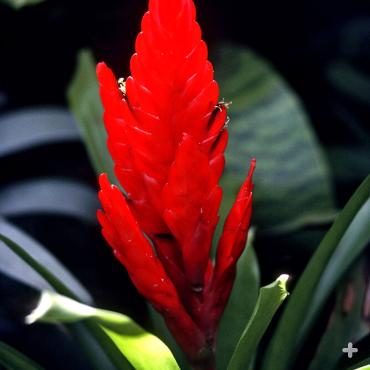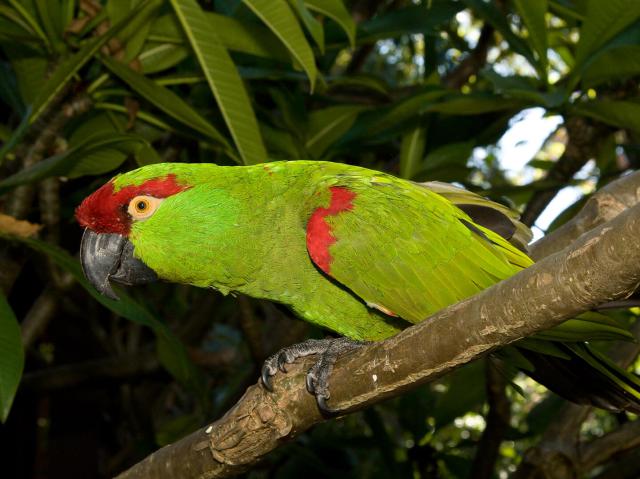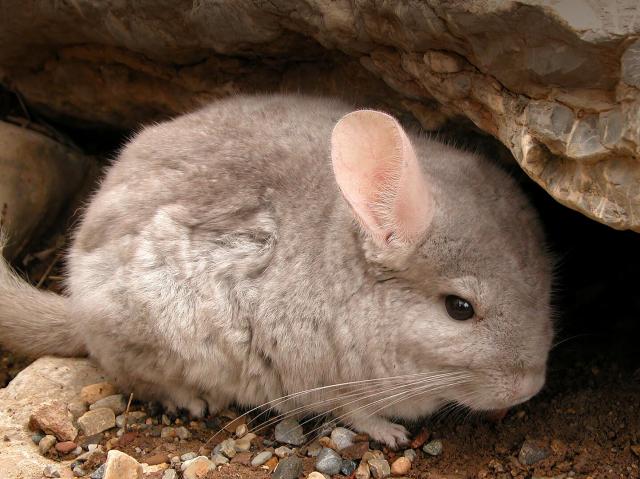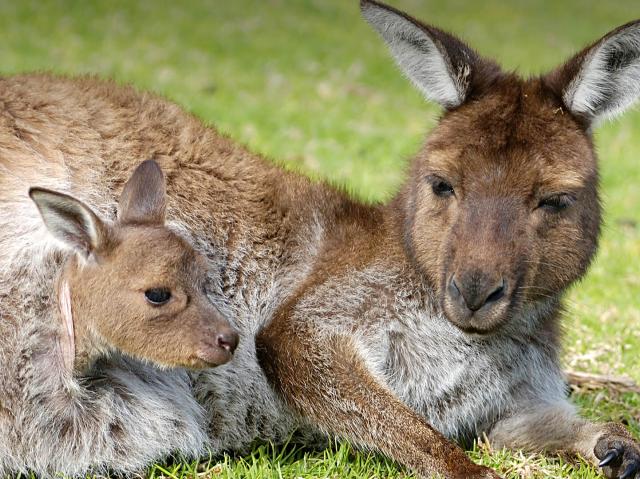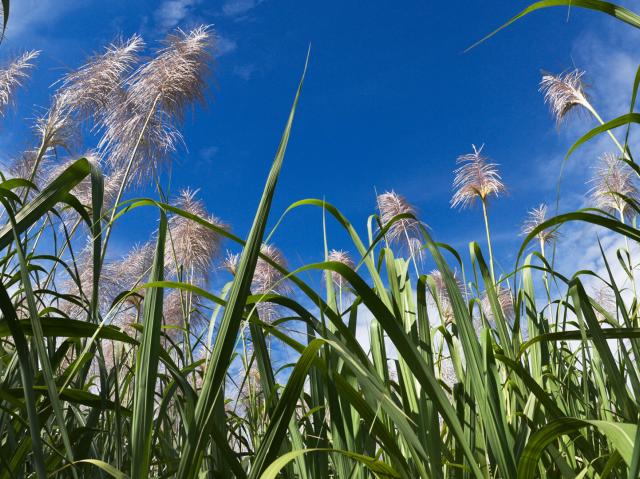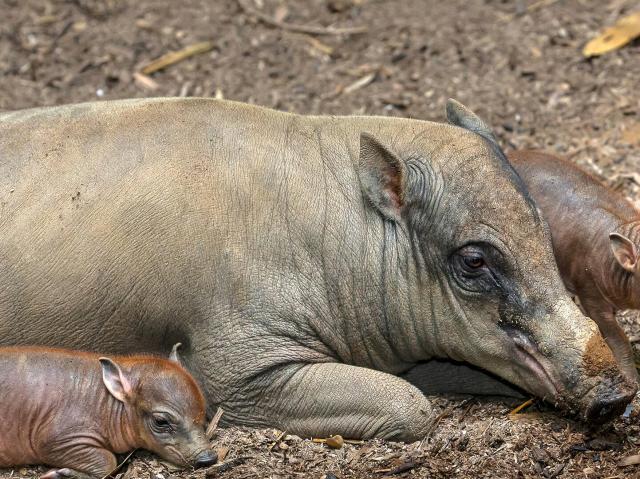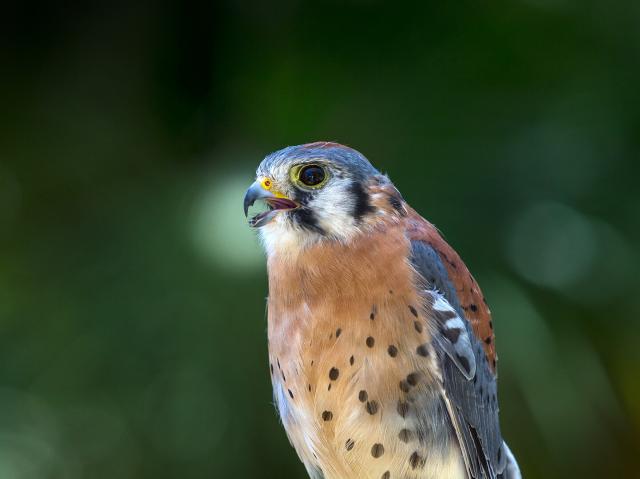
Bromeliad

- Division: Tracheophyta
- Class: Liliopsida (monocotyledons)
- Order: Bromeliales
- Family: Bromeliaceae
- Genus: more than 50
- Species: about 3,000

OVERVIEW
Growing in the ground, on rocks, or in trees, bromeliads come in a wide array of eye-catching colors, shapes, and sizes. Various types of bromeliads—there are nearly 3,000!—can be found throughout Central and South America and parts of North America, in many habitats and climates—ranging from sea level to mountainous elevations of up to 14,000 feet. Some, notably the frilly Spanish moss that hangs from tree branches, can be found as far north as Virginia in the US. For many bromeliads, most of the water and nutrients they need come from rainfall or fog on their leaves. One thing that makes bromeliads special is that many create their own individual ecosystem. They collect moisture continually, with their long leaves funneling each droplet into a “cup” formed by the plant’s rosette-shaped foliage. That small pool of water is essential to a bromeliad's survival—and the water attracts insects that pollinate the plant when they drop in for a dip, as well as small frogs that eat those insects.
GROWTH PATTERN
Plants in the bromeliad family have three basic survival strategies. Epiphytic bromeliads grow on other plants—including trees, logs, shrubs, and vines. Their above-ground roots anchor the bromeliad, securing it tightly to its host plant. Some bromeliads are saxicolous: they grow on rocks. And other bromeliads are terrestrial: they grow on or in the ground. Bromeliads not only can be found in brilliant colors, but their leaves may also be variegated or distinctively striped.
CHARACTERISTICS
Permeable scales on the leaves of most bromeliads become absorbent when they get wet, soaking up every droplet that comes their way. The scales seal themselves closed when they are dry, to lock in precious moisture. Bromeliads use a form of photosynthesis known as C4, which efficiently creates energy in a hot, dry climate with minimal water. Like corn and sugarcane plants, bromeliads take in carbon dioxide and transform it into four-carbon sugar compounds (C4); and they avoid photorespiration (when plants take in oxygen and give out carbon dioxide, instead of the other way around). Flowers usually grow from a stalk in the center of a bromeliad’s rosette-shaped leaf cluster. Depending on the variety of the bromeliad, the stalk may be long and put out flowers above the leaves, or flowers may bloom inside the leaf cup. Colorful bracts on the stalk hold the small flowers that produce seedpods. Each seedpod holds many seeds. Most bromeliads bloom only once and then begin losing their leaves—but not before producing one or more smaller offshoots at the base of the plant, clones that are called “pups."
CULTIVATION
A Southern California physician named Dr. Leonard Kent and his family began importing colorful bromeliads from South America, eventually cultivating them for the florist trade through their own nursery in San Diego County. They helped popularize bromeliads in the US by marketing them as houseplants and selling them in grocery stores and other locations. Rosette-forming bromeliads are hardy houseplants as long as there is moisture in their cup. Bromeliad "pups" can be separated and replanted when they reach about half the size of the “mother” plant. Most bromeliads need only occasional water or misting. Many can retain their striking foliage color for months, and some can hold their distinctive shapes for even longer than that—sometimes long after the plant has actually died. In fact, more than one gardener has been fooled by a bromeliad that has long ago dried out, yet still shows off its graceful lines. Some of the epiphytic bromeliads, commonly called air plants, are ideal for dry climates.
OUR COLLECTION
At the Zoo, the Leonard Kent Bromeliad Garden is an excellent spot to see many different types of bromeliads of all shapes and sizes—including showy varieties that produce long stalks of flowers; bright red-, yellow-, or orange-topped rosettes; and variegated or striated foliage. You can find the garden, which is maintained by volunteers from the San Diego Bromeliad Society, next to the Hummingbird Aviary near Wegeforth Bowl. There are also bromeliads in upper Fern Canyon, growing in branches and treetops; and along the path next to the Flamingo Lagoon. Many are from tropical regions, but some are from dry areas and have fine leaf hairs that hold nutrients and water. At the Safari Park, you can see bromeliads growing from tree branches and vines in Hidden Jungle.
AIR PLANTS
Tillandsia, sometimes called air plants, are bromeliads that attach themselves to tree branches and get their required moisture and nutrients from the air.
CONSERVATION
The IUCN has assessed 236 bromeliads and categorizes 146 of those as Vulnerable, Endangered, or Critically Endangered. CITES restricts trade in seven bromeliads in the Tillandsia genus. One chief threat is habitat loss. When trees are removed, tree-dwelling bromeliads lose their homes. Collectors pose a challenge to the survival of 45 of the threatened bromeliads.
PINEAPPLE
Pineapple is a bromeliad, and it's native to South America—not Hawaii. Columbus brought the plant to Europe; pineapple cultivation began in India in the 1500s, and large-scale cultivation of the plant as a cash crop eventually began on Hawaiian plantations in the 1800s.
NO CACTUS
Dyckia, a genus of bromeliad often confused with succulents, includes many plants from desert climates. They are known for their spiky, barbed leaves.
OLD WORLD
The only Old World bromeliad, Pitcairnia feliciana, is native to western Africa.


